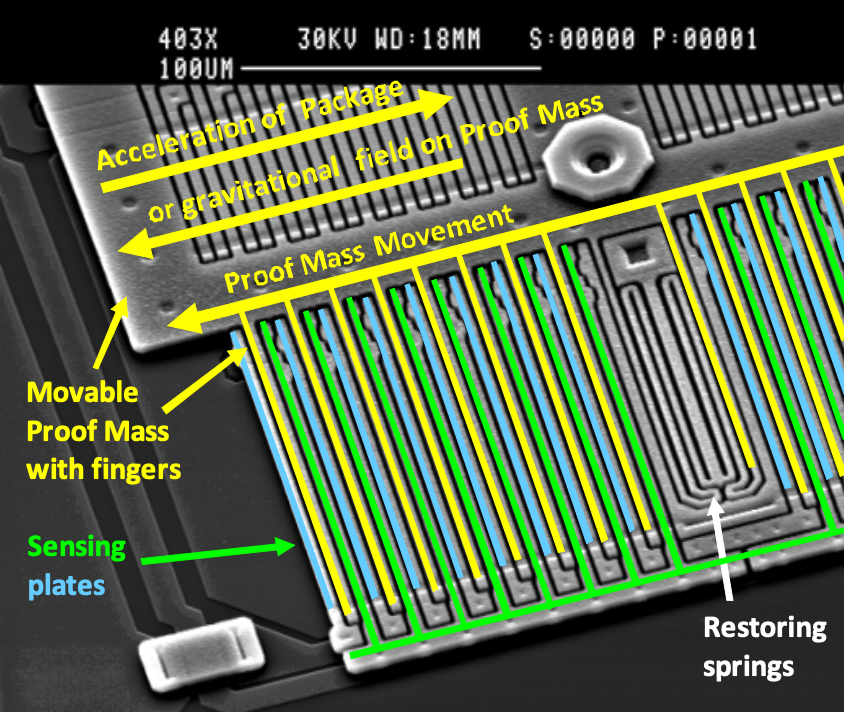A challenge that (most?) TPMS systems avoid is figuring out which wheel has low tire pressure. Keeping track of the pairing of a tire's sensor device id and its installation on the car would go out the window the first time the tires are rotated. Typically, the sensor has a single axis accelerometer to determine if the tire is rotating. One piece of information I came across mentions that if a sensor contained a two-axis accelerometer and was added to the data packet, a TPMS system could determine left from right. And by monitoring the signal strength, determine which sensors were farther away (rear) and which were closer (front). I did come across at least one company who is offering this capability but I haven't been able to determine if that chip ever made it into a TPMS sensor. The manufacturer, NXP, also has a great article on the science & math behind determining roll, pitch and yaw from an accelerometer.

A low-power device that spends most of its time sleeping is optimized for sending data creates a challenge in receiving information. And the only situation where the sensor is available for either testing or reprogramming is when it's moving in a difficult to reach, enclosed space. Instead, these devices take a page from the RF ID playbook and can be activated from an external power source: the signal itself being sent to its low-frequency receiver. There is little mention of how this is accomplished other than it operates at a 125kHz. Since the TPMS sensors also send information with changes in pressure, many hackers test by dropping the TPMS sensor into a garden pressure sprayer. With only a few pumps, these can reach a psi of 40 or more.

In my application, I would happily trade sensor life for a more frequent and consistent rate of pressure readings. Dropping the frequency from every 90 seconds to every 30 might cut the lifespan of a TPMS sensor to 3 or 4 years. But I haven't found a publicly available datasheet which provides enough information on how to build a low-frequency transmitter that could be installed in close proximity to the tire on the vehicle to accomplish this. Yet.
Discussions
Become a Hackaday.io Member
Create an account to leave a comment. Already have an account? Log In.